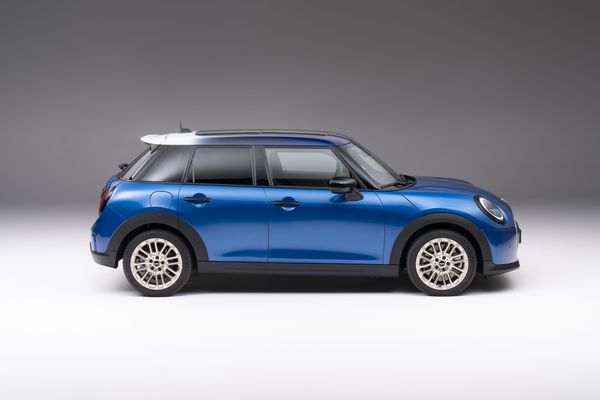A FASCINATING new study has revealed some of the most common reasons why cars fail an MOT. And in the run-up to the festive period, there is even more pressure to get it right.
Drivers need to be especially vigilant about their vehicles at this time of year as almost a third of all cars will fail a winter MOT, with two or more failure items being the norm.
Ranking first as the most common failures were lights, reflectors and electrical equipment, with faulty or broken suspension coming in second. In third were brake failures, fourth tyre problems, and rounding out the top five were visibility issues, including the driver’s eyeline being restricted by furry toys or mirror ornaments.
In sixth was damage or rot in the vehicle’s body, including chassis legs, sills, and bumpers. Noise and emissions followed in seventh, eighth was steering, ninth seat belts and completing the top ten were number plate and Vehicle Identification Number problems.
Undergoing an MOT in the winter is even more daunting than other times of the year because of the added pressure of navigating potentially harsh weather conditions along with typical winter wear-and-tear. Having said all that, there are precautions you can take to make sure you’re well prepared.
An MOT test at any time of the year comes with its own set of challenges, but you will stand a much better chance of passing first time if you’re aware of what to look out for and how address those issues well before your test. As a bare minimum, safety measures such as checking that all your seatbelts fasten properly is important, so fasten all the belts and leave them fastened for the inspector. Next, as lights are a common fail, it’s a good idea to make sure that they are all working properly, not forgetting your fog and numberplate lights.
Checking your brakes is also key – brakes should be in good condition and responsive, with no squealing, grinding, or vibrating when you press the pedal. Make sure to inspect the tread depth and overall condition of your tyres too as these are often impacted by the winter weather and are a sure-fire fail. Check they meet the minimum legal requirements and are free from any damage.
Good visibility is an absolute essential on your test – ensure that your mirrors are secure and provide a clear rear view, check your wipers are functioning properly and make sure there are no cracks or scrapes on your windscreen. If your instrument panel is displaying any warning lights, you need to identify the issues and resolve them before the test as any warning lights on your dash are an automatic failure.
As we have covered before in this column, regular checks, maintenance and servicing throughout the year are essential for a roadworthy vehicle and will increase your chances of passing your MOT test first time. But whatever you do, don’t leave everything to the last minute; if you do there may not be time enough to sort things out before the test date, and you most certainly will want to avoid another big bill as Christmas takes its financial toll.









